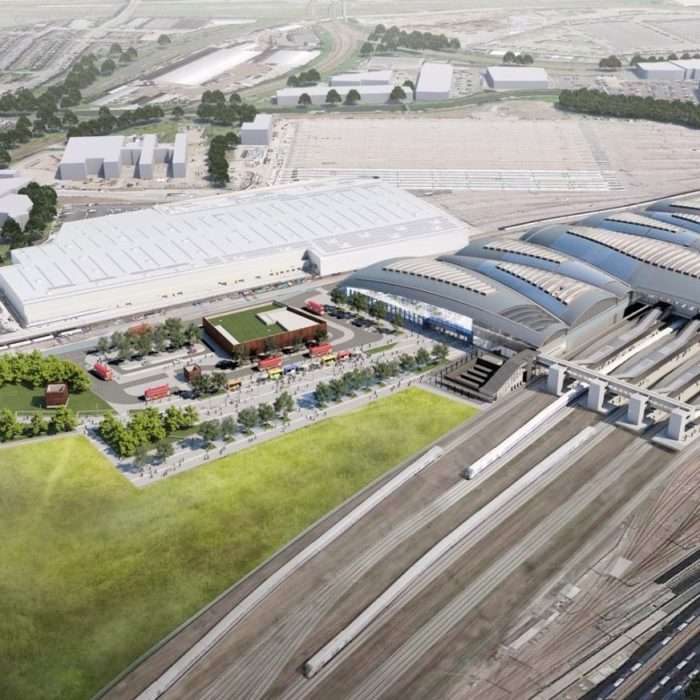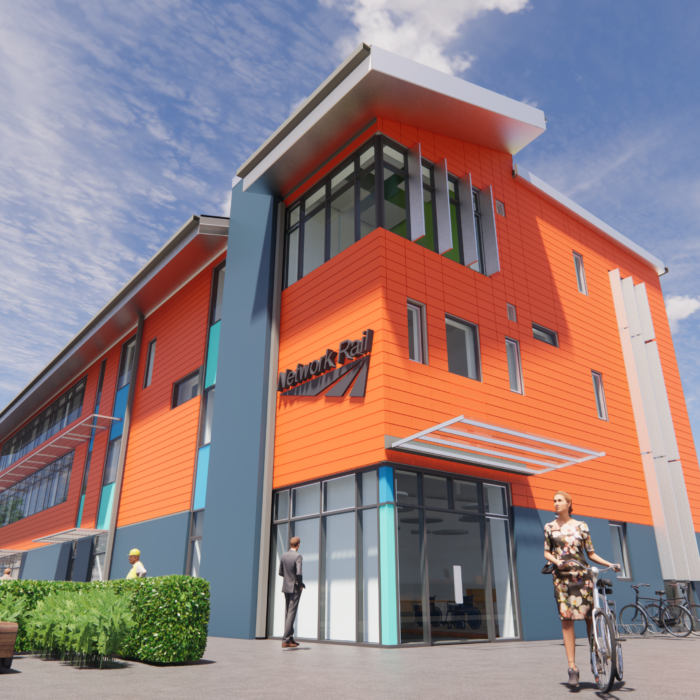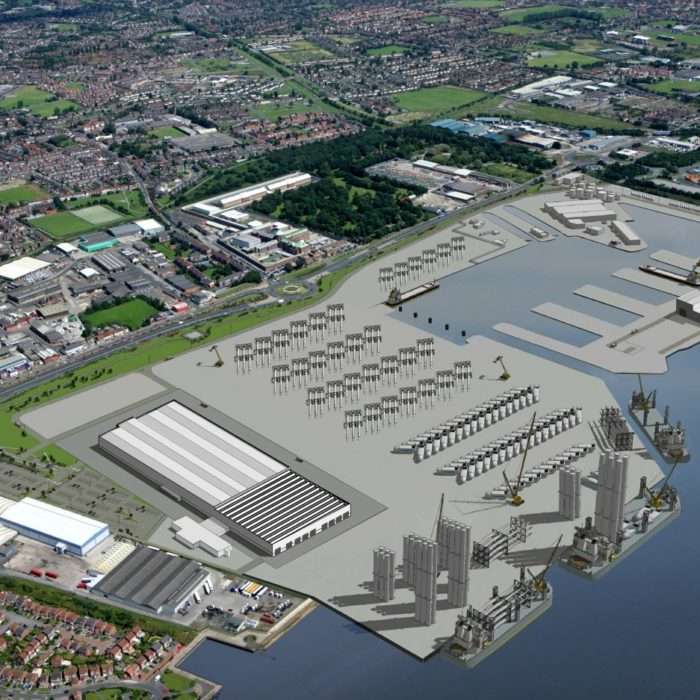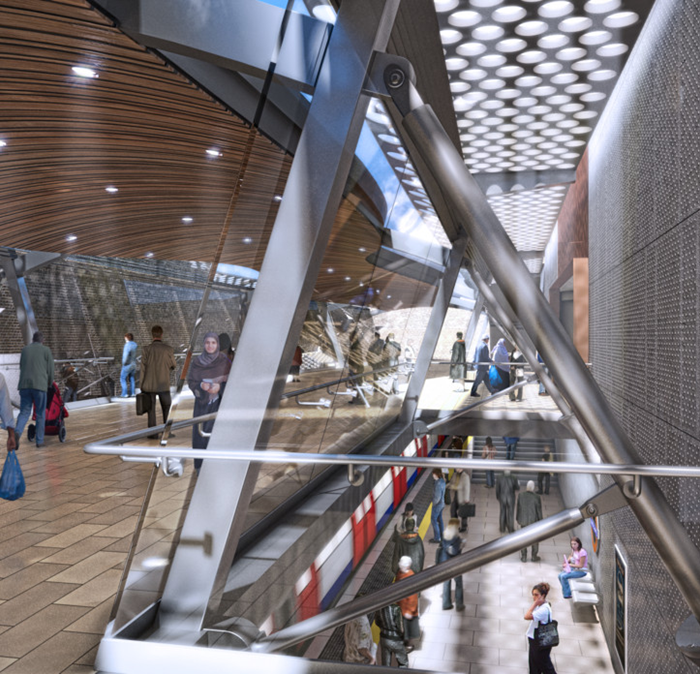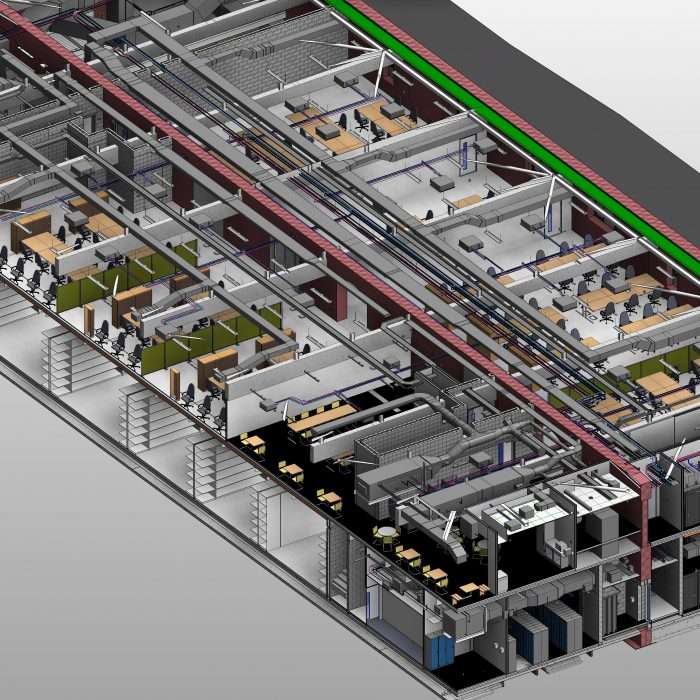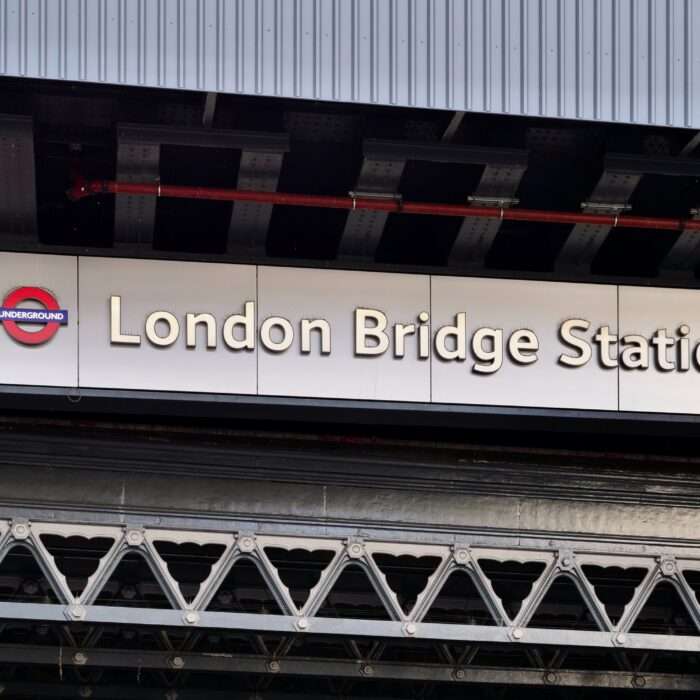We recognise that major infrastructure projects involve significant investment in time, money and skills. Our team work closely with clients to deliver solutions that are cost-effective, efficient, sustainable and delivered in an environment in which risks are managed.
How we can help
Our experience has allowed us to develop innovative and commercial solutions, whilst collaborating closely with key parties to provide both specialist detailed design and digital strategy solutions to clients, having delivered end-to-end solutions for many infrastructure projects across the UK.
We work closely with clients on projects across:
We also support clients in the planning, design and delivery of infrastructure for:
